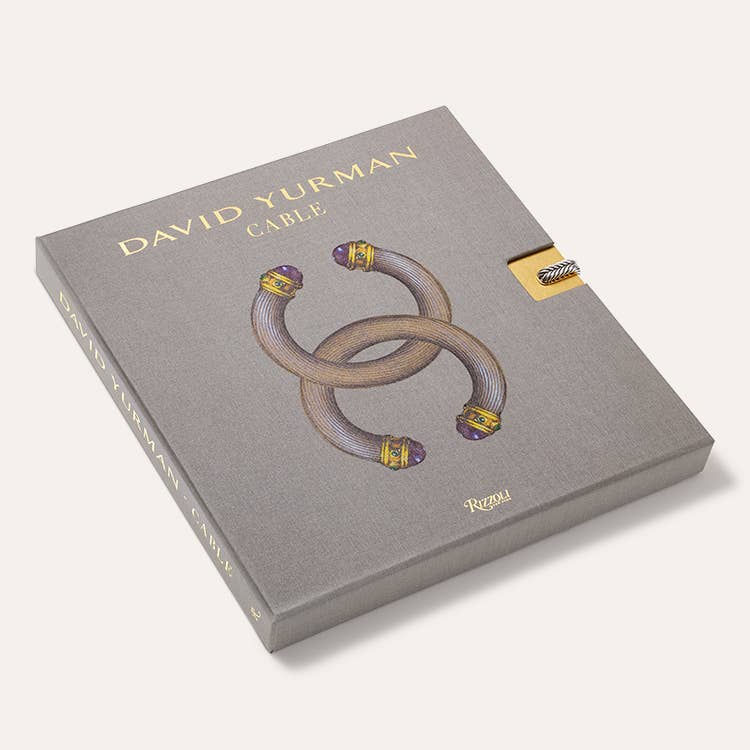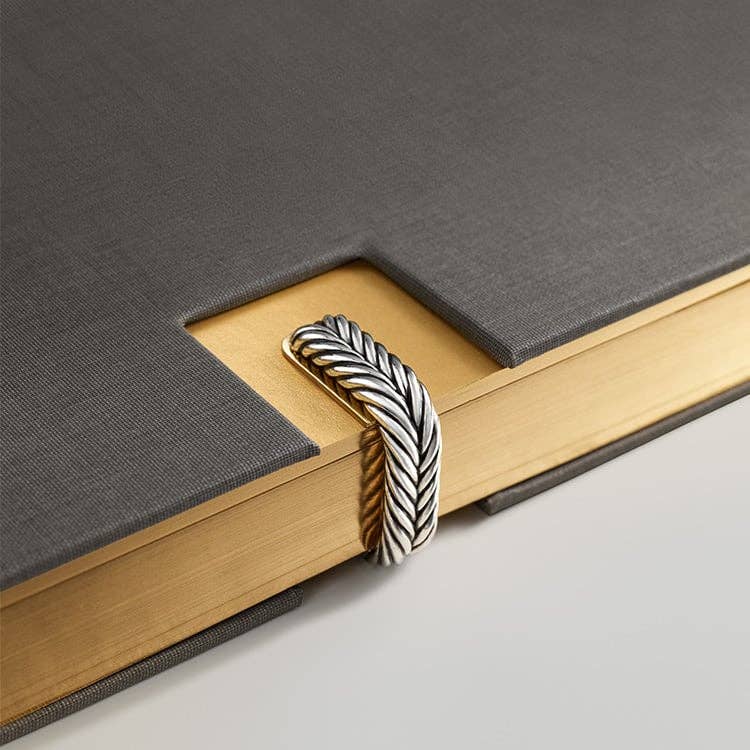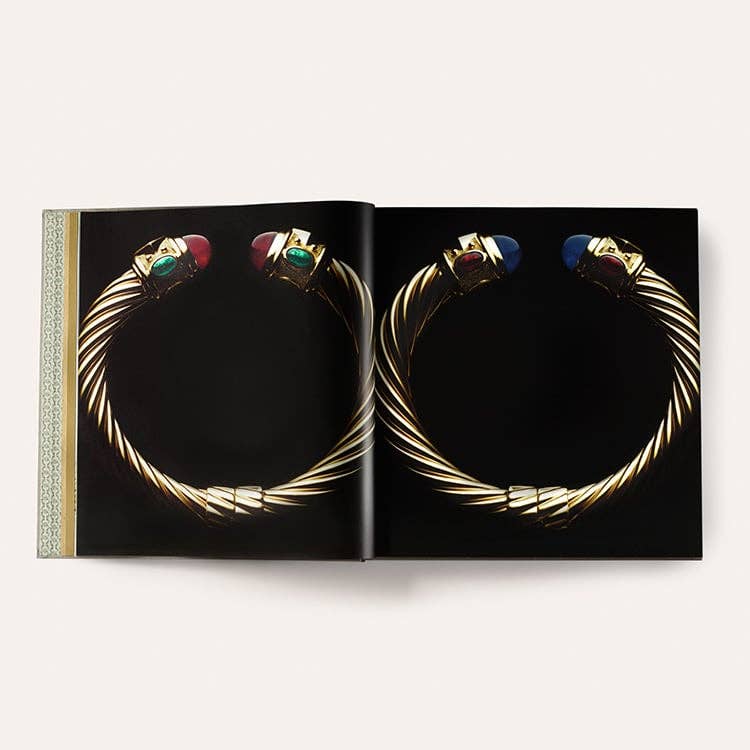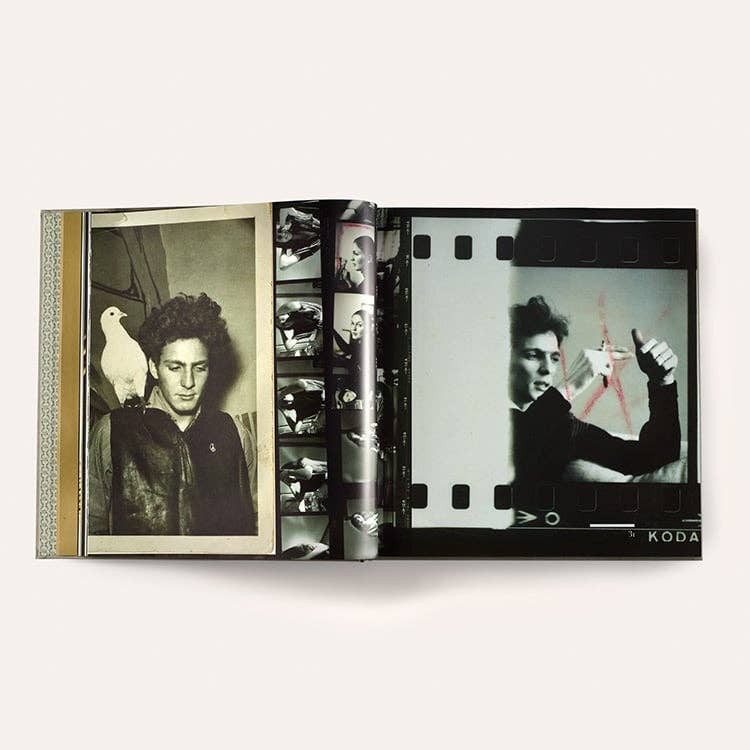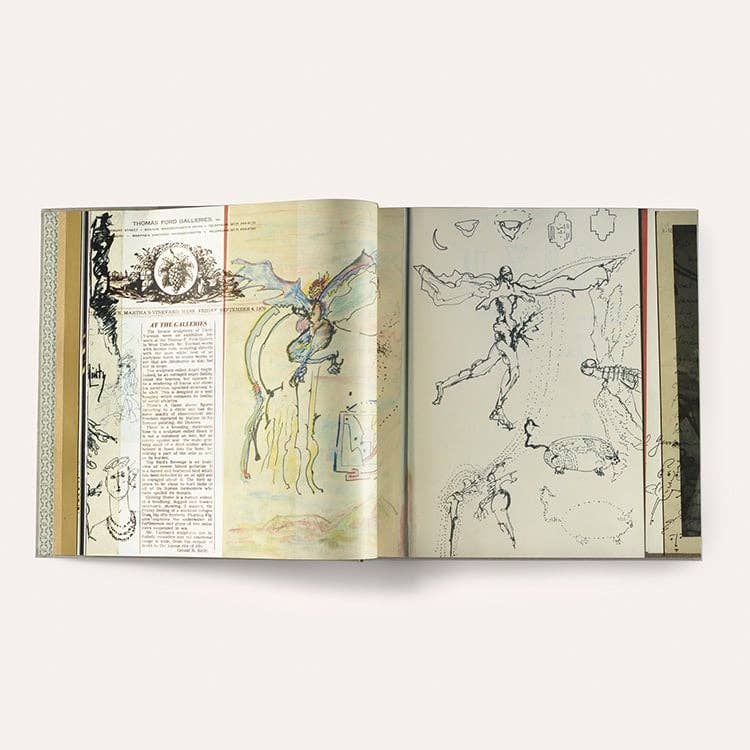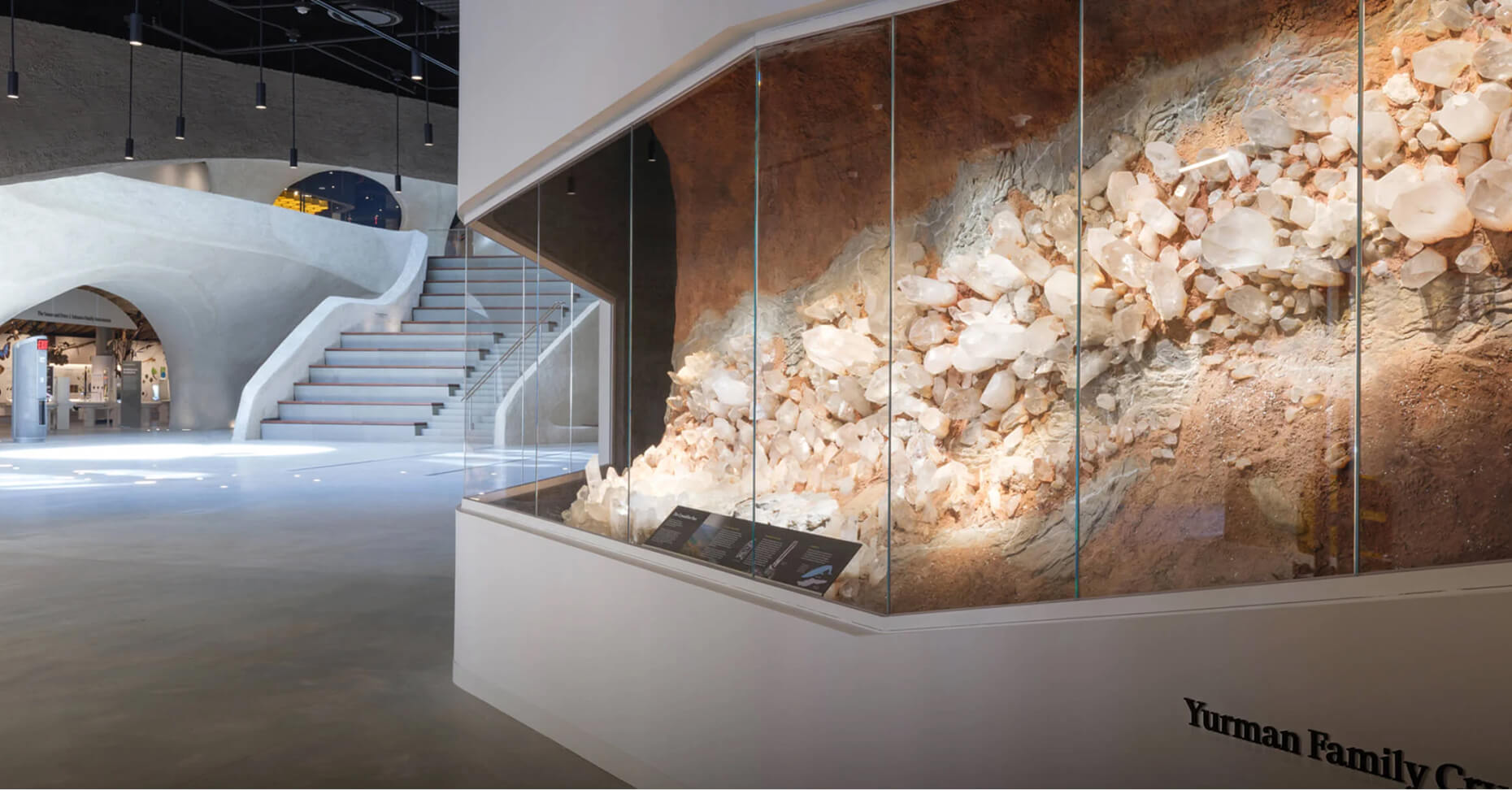David Yurman: Cable
A celebration of the house’s iconic Cable motif, David Yurman: Cable explores the form's enduring appeal.

The Cable Revolution and Evolution
We became fascinated with forms from the ancient world when we first developed cable, continuing in the classical tradition. In this way, the modern and ancient worlds intersected—the ingenuity of the two twisting into each other.
We became fascinated with forms from the ancient world when we first developed cable, continuing in the classical tradition. In this way, the modern and ancient worlds intersected—the ingenuity of the two twisting into each other.
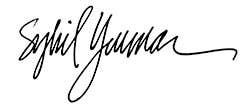
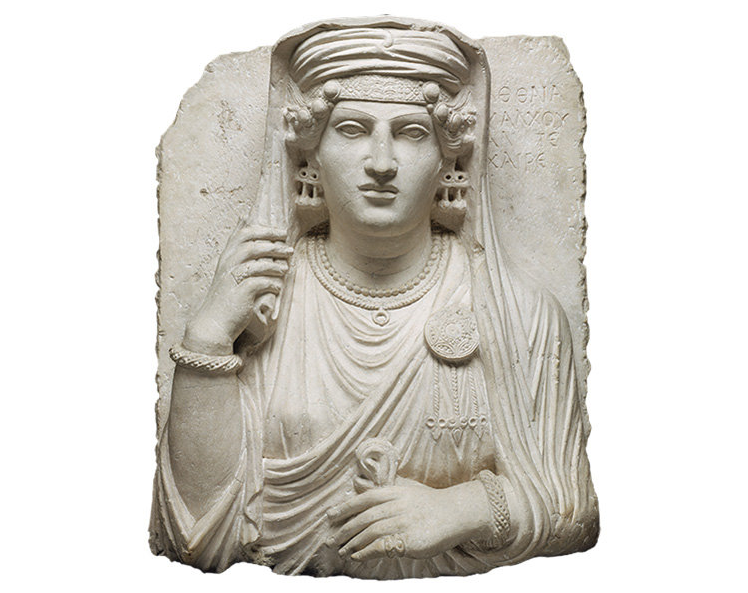
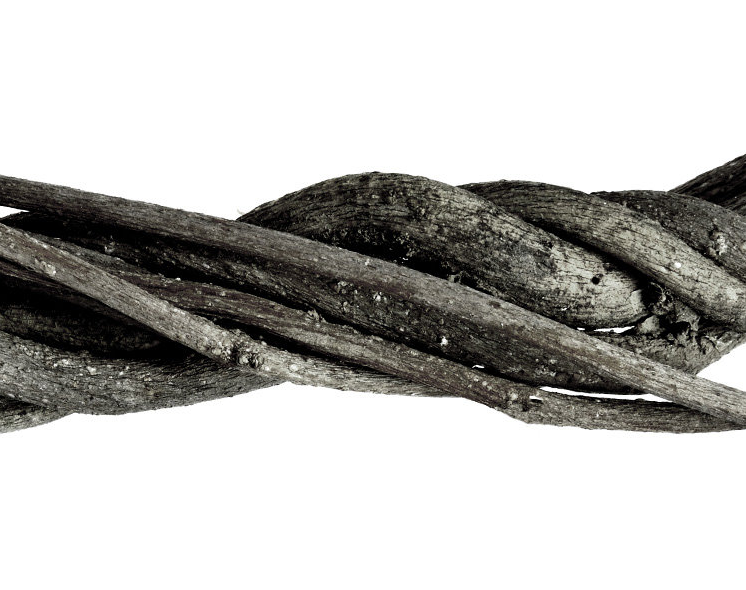
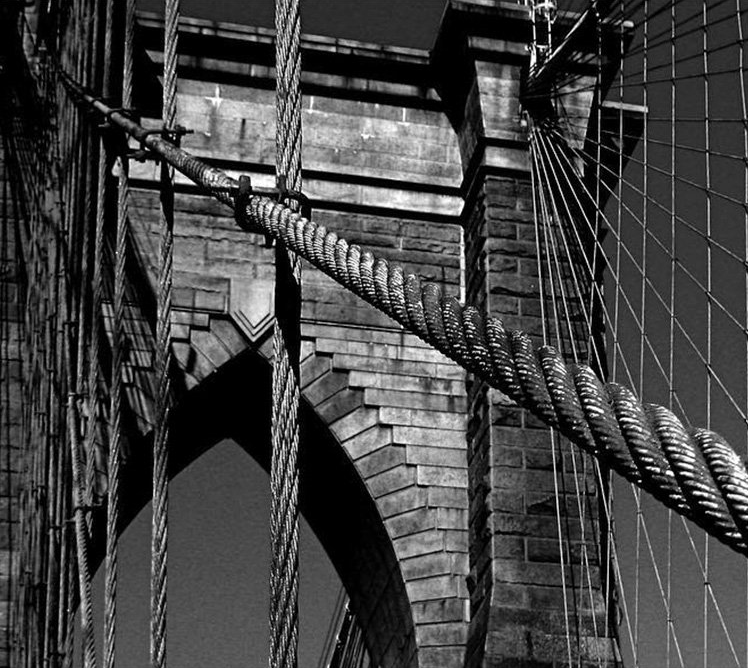
There’s nothing I don’t like about Cable. I feel totally at home and embraced by the form. I know what it can do and what I can do with it. The future is wherever it takes me.

